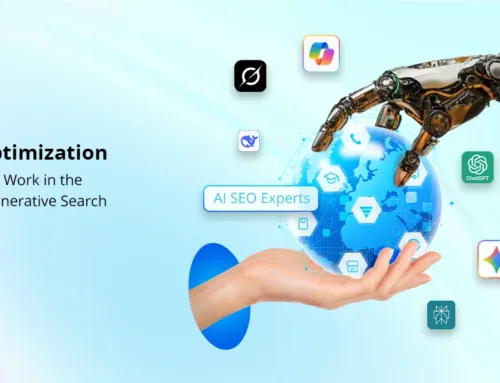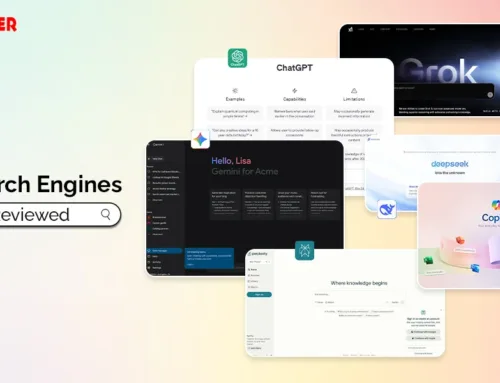What is Content Marketing Strategy?
A content marketing strategy describes how a business produces and distributes content to achieve specific marketing goals. Successful content marketing helps in the following:
- Understanding your target audience.
- Establishing clear goals.
- Planning out what types of content you’ll produce and where you’ll publish them.
- Regularly publishing content.
- Optimizing for search engines.
- Promoting through different channels.
- Monitoring performance
A content marketing strategy aims to create valuable and relevant content that builds brand trust, engages your audience, and helps you achieve your marketing goals. You may make changes based on audience feedback or performance data.
Types Of Content Marketing
Here are the most commonly found types of content marketing:
- Informative blog posts and articles addressing audience needs.
- Engaging social media posts on various platforms.
- Visual data representations through infographics for easy understanding.
- Educational or entertaining video content on YouTube.
- Podcast content for industry insights or discussions.
- In-depth ebooks/whitepapers for showcasing expertise.
- Reviews, testimonials, or stories through user-generated content (UGC).
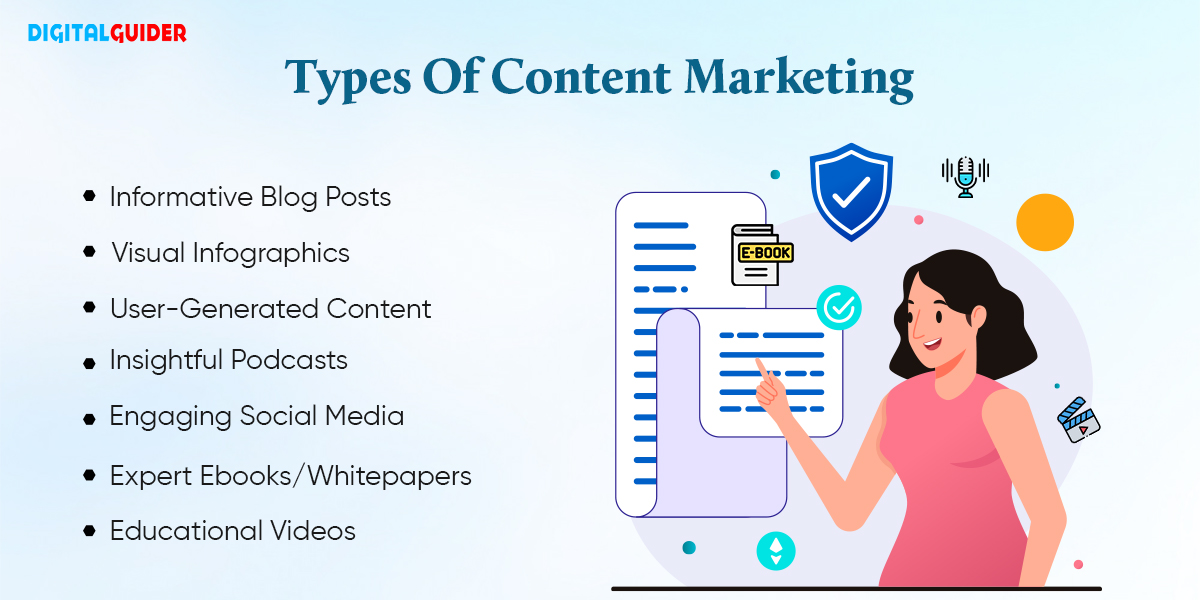
Why is Content Marketing Important?
As competition is increasing daily, marketing today is impossible without great content that can engage buyers at any stage.
With a clear content marketing strategy, you can set clear objectives and KPIs and develop processes for specific improvements.
This is much better than just creating content and hoping for the best.
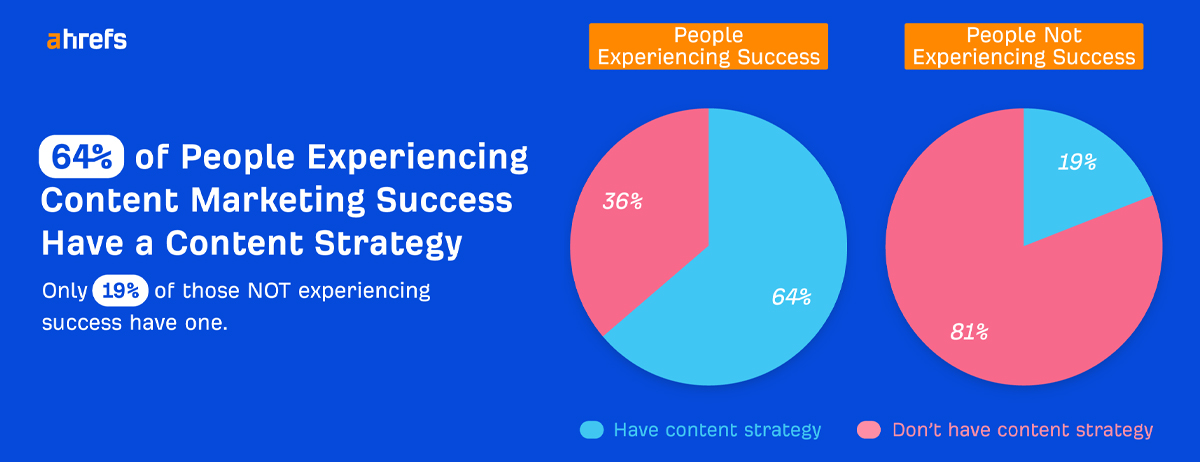
Image Source: Ahrefs
Content marketing is the secret sauce you are looking for an effective digital marketing strategy. Let’s see the points below to establish that a content marketing strategy is essential.
Boost Your Brand Awareness
In today’s business world, brand recognition isn’t just a perk; it’s a factor that influences consumer choice and an investment that can boost companies’ bottom lines. Did you know that 81% of consumers require trust in a brand before purchasing from them?
But brand recognition alone isn’t enough, loyal customers are loyal customers, and loyal customers are likely to keep returning, highlighting the need for businesses to nurture these relationships and ensure customer satisfaction.
Let’s say you have an ecommerce shoe brand. Instead of bombarding people with ads & screaming, “Buy our shoes,” you create informative & relatable content like blog posts about shoe care tips or Instagram reels showcasing your trendy shoe styles.
This strategy will help you attract & engage more people because you’re offering them something valuable, not just a noisy sales pitch.
Showcasing your craftsmanship and engaging with the audience regularly will help you create a loyal customer base who will likely return for more.
Build Trust With Your Audience
As per the Content Marketing Institute, 70% of consumers feel closer to a company because of its relatable content marketing strategy. Think about it. When you consistently share helpful, informative, or funny content, you’re not just selling but creating a relationship.
For example, sharing skincare routine tips or featuring user-generated content (UGC) like testimonials builds trust if you’re a skincare company. People start to see you as an expert and are more likely to buy your products.
Helps Your SEO Strategy
Content is indeed the king & the fuel of your SEO marketing strategy. Providing fresh, relevant content increases your website’s search engine visibility. Search engines reward you for creating content that solves problems or answers people’s questions.
Let’s say you have a food-related blog.
You are creating SEO-optimized & informational content, fulfilling the user’s needs & queries when someone searches for “easy pasta recipes” or “how to cook steak.”
You will get featured snippets & rank higher on SERP for your content.
Save Your Money
Content marketing is 62% less expensive than traditional marketing, generating around three times more leads. It’s like getting more for your buck! For example, let’s say you’re a fitness brand.
You’d spend hundreds of dollars on TV ads, but instead, you create workout videos on YouTube or write healthy lifestyle blog posts. Not only will you reach a larger audience, but you’ll also save money doing so.
Widen Your Brand Reach
Have you ever watched a viral video or read a blog post that everyone you know is sharing? That’s what shareable content is all about.
When your content speaks to your audience, they’ll want to share it with all their friends and family. It’s like a chain reaction, sending your brand’s message to as many people as possible.
If you’re a pet food brand and creating fun pet-related content or heart-warming rescue stories for your furry friends, people worldwide will click that share button and get to know your brand without you having to do anything.
How To Plan Content Marketing Strategy in 11 Easy Steps?
Content marketing is a strategic approach focused on creating and distributing valuable, relevant, and consistent content to attract and retain a target audience.
Here’s a step-by-step guide to help you implement an effective content marketing strategy in 11 steps:
1. Start By Defining Your Goals
Before starting any strategy or plan for content marketing, it is important to outline your objectives clearly. This will help you find the best channels to launch or promote your content pieces for broader reach.
Whether it’s brand awareness, lead generation, customer retention, or thought leadership, understanding your goals will guide your content creation.
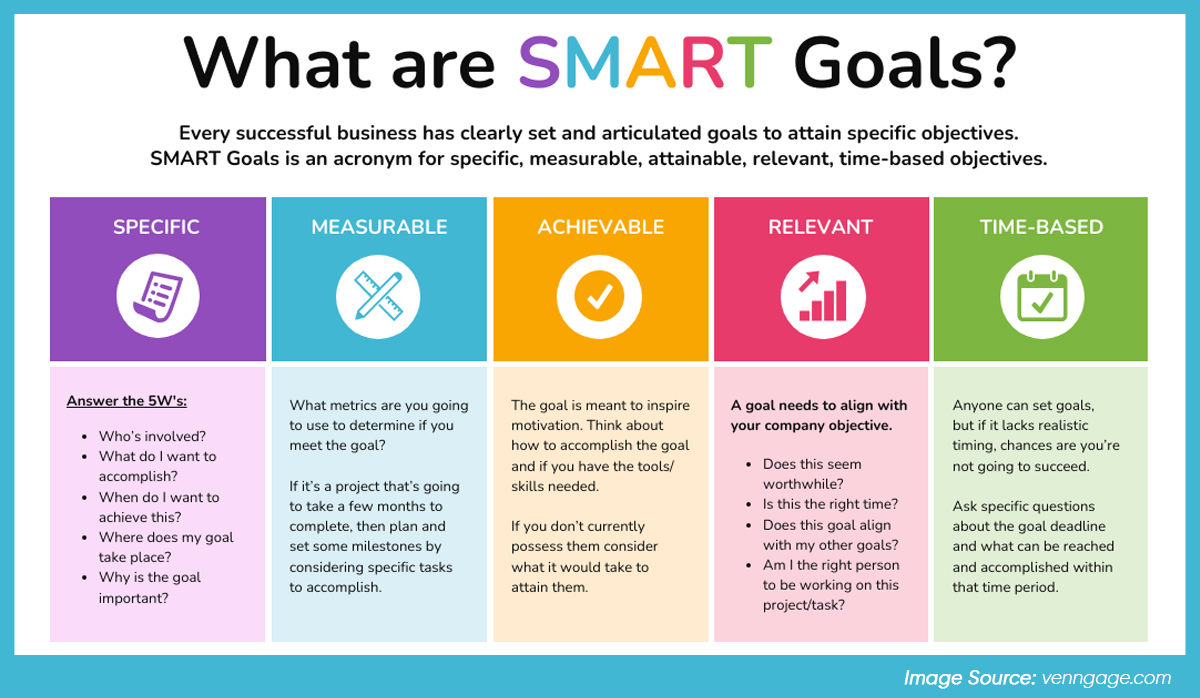
Provide SMART (Specific, Measurable, Applicable, Relevant, Time-bound) content marketing goals for clarity and impact. Review and modify your goals regularly as your business and content marketing efforts evolve.
2. Identify Your Ideal Audience
Don’t just create content to get credit for being clever — create content that will be helpful, insightful, or interesting for your target audience.
These words from advertising legend David Ogilvy are enough to understand that having a clear idea of your targeted audience is all the difference between a successful & failed content marketing strategy.
When you have a clear idea of your targeted audience, you can quickly identify their likes and dislikes.
You can also create buyer personas to understand their needs, challenges, and preferences and plan your content to resonate with them.

Review your database to analyze trends in how specific leads or customers find and consume your content.
One of the best pieces of advice while creating a buyer persona is to take feedback from your sales team; they are the ones who are constantly facing & interacting with your customers.
They naturally would have a better idea about the different types of customers for whom you should create content. Furthermore, interview your customers and prospects to discover what they like about your product or service.
You could use AI tools like ChatGPT or Gemini to create buyer personas for your content marketing strategy.
3. Analyze Your Current Content
A content audit is when you organize, analyze, and improve your existing content.
This can help you make the most of your existing pages, saving you money on content creation.
An in-depth audit also gives you a better idea of what formats and topics your audience is interested in. In fact, according to Semrush’s The State of Content Marketing 2023 Global Report, the vast majority of companies with high-performing content marketing strategies (61%) do at least two content audits per year.
While you’re doing your content audit, keep the following questions in mind:
- What content themes and keywords are working best?
- What content formats are driving the most engagement?
- What channels are driving the most traffic?
When you have a clear idea of what to add further and what to revamp or delete, you will be able to find relevant keywords & content topics to find.
This will also ease your keyword research process.
4. Make a Marketing Plan, Choose the Content Format
Content types vary, and there are a few different types of content that you’ll need to consider as part of your content marketing plan.
Some types of content perform better on specific channels, while others are more costly to produce.
Some of the most common types of content you’ll want to include in your content marketing strategy are:
- Photographs
- Video
- Bits and pieces
- Blog posts
- Podcasts
- Infographics
- User-generated content
Content will also vary based on your marketing funnel stage and target audience.
5. Create A Content Calendar
Creating a content schedule helps you allocate your resources wisely and ensure enough time for all your upcoming tasks.
Priority is one of the most important aspects of content planning. After choosing content topics, identify the most important tasks or things that can be easily tested.
Before planning your content calendar, begin by answering these questions-
- Which campaigns are you prioritizing?
- What resources will you need to build your campaigns?
- When are your products or services being launched?
- Which campaigns, topics, and formats should be prioritized?
- When selecting content topics, think about the big picture.
If you run a company that offers a time management app, your content marketing strategy might be centered around high-level topics such as productivity, work-life balance, etc.
You can use simple Excel or Google Sheets for creating content calendars or if you want a tool to help you collaborate easily with other team members, you can use tools like Trello.

As you plan new content, it can be easy to get carried away and overthink the time and money it will take to produce high-quality content.
However, if you plan out each stage of the content creation process using a content calendar, you can predict a realistic content publishing schedule more accurately.
This means less burnout for your team.
6. Optimize for SEO
Getting your online content to perform online must be optimized per Google’s SEO standards.
Implement on-page and off-page SEO best practices to improve your content’s visibility in search engine results. This includes using relevant keywords, creating compelling meta descriptions, and optimizing images.
If you don’t have SEO expertise, hiring a professional SEO company like ours is better, which can help you in content marketing and optimize your online presence.
7. Publish Your Content
Develop and publish your content so your readers can enjoy it — and maybe even convert. This step involves more than just creating content.
You must continue to learn how to create content that is as engaging and useful as possible.
Learn how to write headlines, stay up to date with the latest trends in content, and develop skills in the medium your audience prefers.
8. Promote Your Content
Ads, specifically PPC ones, are one of the best ways to get your content out there. They allow you to simultaneously share your content with hundreds or even thousands of people.
To build an audience, people take action on your content.
For example, they subscribe to your newsletter, listen to your podcast, follow you on X, connect with you on LinkedIn, etc.
But not all ads are created equal. It is better to focus on building your email list first. When you have the money, you can pay to get your idea out there.
This can be done through Google Ads, social media ads (like Facebook, Instagram, and TikTok), display ads, or (God forbid!) offline ads.
You can also sponsor your own influencer or creator.
The great thing about PPC is that it’s fast.
You can set up your campaign, see if it’s working (almost immediately), and then see what changes you make.
9. Get Engaging
Content Engagement can be thought of as a signal that users are sending back to the brand that the content resonates with them in some way.
Different platforms have different ways of sending out this signal.
On Instagram, for example, followers can engage with content by liking, commenting, sharing, responding to polls in stories, or reacting to IGTV videos.
When people engage with content on Instagram, they are engaging with the brand, and most importantly, they’re expressing their interest in similar content.
In addition to social media interactions, other forms of engagement are clicking on links, commenting on blogs, and more. The importance of each of these types of engagement depends on the goals of your strategy.
10. Determine KPIs
Key Performance Indicators (KPIs) are metrics that you track at regular intervals (e.g., every week, every month, every quarter) to measure the effectiveness of your content marketing strategy.
Here are some content marketing KPIs for you-
Organic Traffic
If your pageviews go up, you’re reaching more people than ever. However, these people don’t necessarily have to be part of your content marketing campaign.
That’s why it’s important to filter your social media traffic for both paid-for and organic traffic from search engines.
Ranking Keywords
You also need to know how much organic traffic you’re getting.
Do all your articles rank on Google’s first page for their main keywords?
Or are there a few articles that bring in most of your traffic from search engines?
Social Media Numbers
Your social media numbers are another great way to measure your brand awareness.
The more followers you have on your social media, the more likely it is that people are to know who you are and what you offer.
11. Continuous Improvement
Content marketing is a never-ending process that requires constant improvement.
Take the time to listen to your audience, have conversations, and adjust your digital content plan based on your audience’s changing needs and wants.
Be aware of industry trends, new technologies, and search engine algorithm changes to keep your content fresh and relevant.
What Makes a Piece of Content Effective?
As you’ve probably gathered by now, a consistent flow of quality content is essential for driving traffic and optimizing your SERP ranking. However, quality content goes much further when it comes to its value.
Quality content not only grabs the attention of your audience, but it also gets into their hearts and minds, affecting how they perceive your brand.
Quality content helps your audience understand your brand and what it stands for.
It helps your audience recognize your brand’s assets.
When it comes time to buy, your audience will choose you based on the quality of your content.
Good quality content provides long-lasting value that instills confidence in your brand.
Successful content has key attributes that grab the reader’s attention and convey the message.
Whether it’s a blog post, a social media post, or a video, a successful & effective content piece has a few characteristics that connect with your audience.

5 Content Marketing Examples to Get Inspiration
1. GoPro – User-Generated Content
GoPro encourages its customers to share their adventure-filled videos captured with GoPro cameras. They curate and showcase these user-generated content pieces on their website, social media channels, and even in their advertising campaigns.

This approach builds a community around the brand and serves as authentic testimonials of the product’s capabilities.
Coca-Cola’s “Share a Coke” campaign personalized their product by replacing the Coca-Cola logo on bottles with popular names and phrases. This personalized approach increased sales and sparked social media conversations as people shared images of bottles with their names on them.
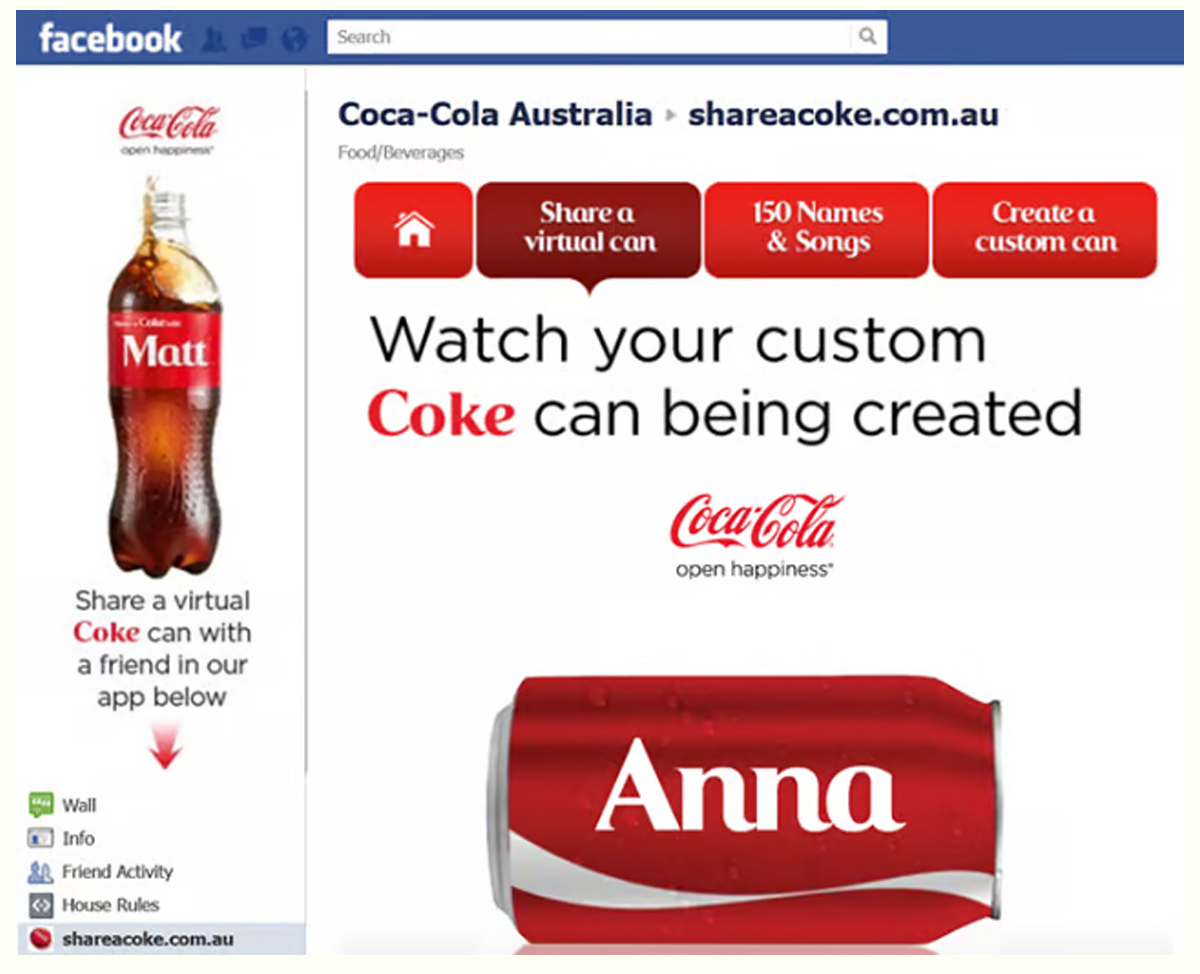
The campaign successfully tapped into people’s emotional connection with their names, creating a memorable experience around the product.
3. Patagonia – Environmental Activism and Brand Advocacy
Patagonia’s content marketing strategy revolves around environmental activism and sustainability. They produce content on climate change, conservation, and responsible consumption.

By aligning their brand with social and environmental causes, Patagonia attracts environmentally conscious consumers and fosters brand loyalty among sustainability advocates.
4. Lego – Building Inspiration and Creativity
– Lego’s content marketing emphasizes creativity and imagination. They produce various content, including instructional videos, building challenges, and user-generated content showcasing impressive Lego creations.
By inspiring creativity and building ideas, Lego reinforces its brand identity as a source of endless possibilities and fun for children and adults.
5. American Express – Small Business Stories
– American Express features stories of small businesses and entrepreneurs in their content marketing efforts. Through articles, videos, and social media posts, they highlight small business owners’ challenges, successes, and unique stories. By showcasing these stories, American Express demonstrates support for small businesses and positions itself as a trusted partner in their growth and success.
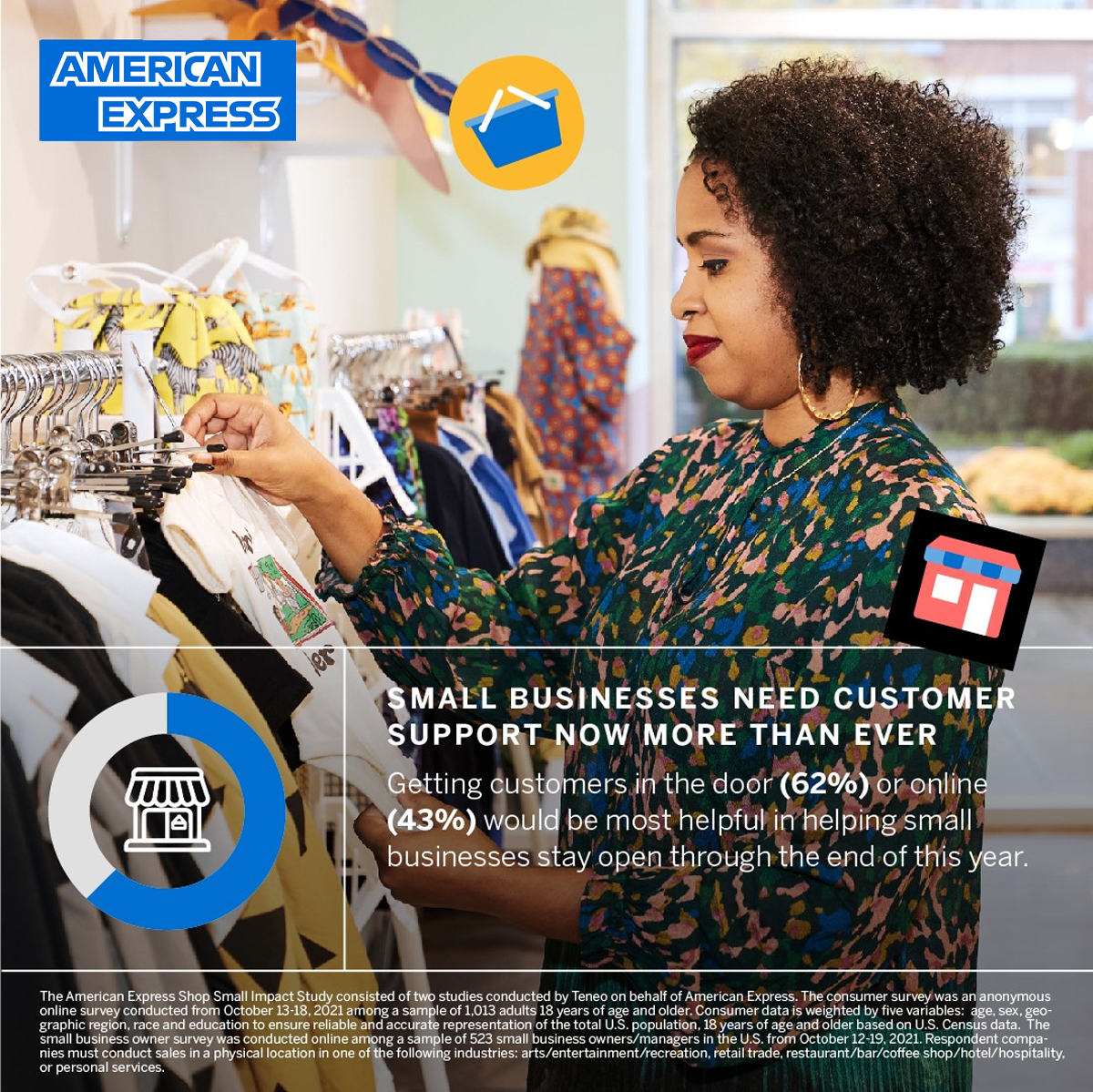
These examples illustrate how brands can leverage content marketing to engage with their audiences, build brand affinity, and achieve their business objectives. Whether through user-generated content, personalized campaigns, brand advocacy, creativity, or storytelling, countless approaches exist to create impactful content marketing strategies.
Conclusion
With effective content marketing, you can reach your target audience and increase conversions. There are several ways to market with content to boost revenue, grow brand awareness and recognition, and build relationships with prospects and customers.
And don’t forget to extract more value from every piece of content you create.
To get started, decide which type of content works best for your business and audience and develop a content marketing strategy to boost your bottom line today.
You can always hire a professional content marketing company. Digital Guider is the top content marketing company.
Our content marketing strategy has helped several clients get attention, engage & retain their potential audience.
Write us at info@digitalguider.com to get started with your content marketing strategy.

